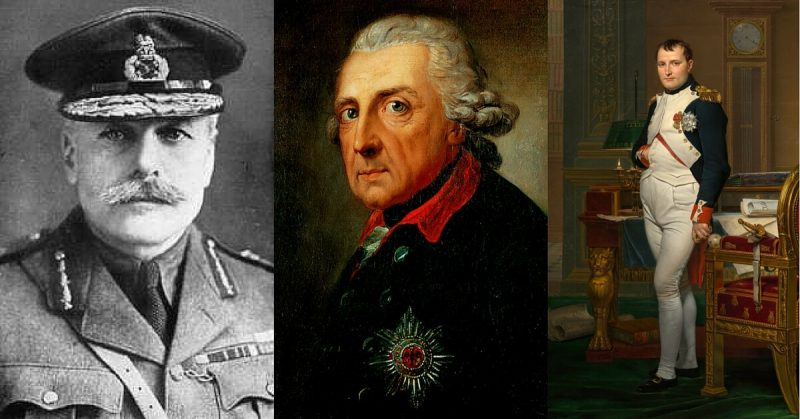Death is, sadly, an essential part of war. Unnecessary death is not, yet it remains a constant. Even the most capable commanders sometimes give orders that get their men needlessly killed, and when the incompetent take charge the slaughter can be boundless.
1. Frederick the Great
Prussian ruler Frederick the Great is rightly remembered as a daring, ambitious commander and a smart innovator. But he was also a leader who showed little regard for the lives of his men. Over the course of the Seven Years War, Prussia suffered 180,000 deaths in its armed forces, a staggering amount for any army in the 18th century, and especially for the smallest population participating in the war.
Two incidents illustrate the tactics that brought about this horrific human toll. At Kolin in 1757, Frederick ordered a frontal assault on the Austrians ensconced with artillery cover on Krzeczhorz Hill. The Prussians suffered 65% casualties in the assault. Again at Leignitz in 1760, Frederick ordered his grenadiers to advance hurriedly out of cover against the Austrian lines. He won the battle but lost 16,670 out of 44,000 men.
Again at Leignitz in 1760, Frederick ordered his grenadiers to advance hurriedly out of cover against the Austrian lines. He won the battle but lost 16,670 out of 44,000 men.
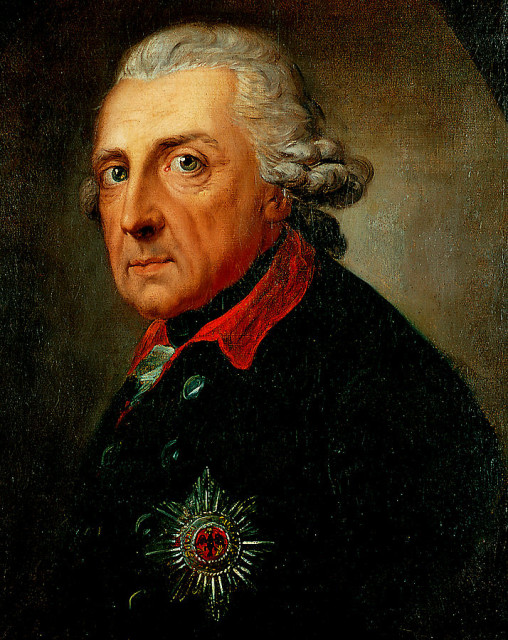
2. Napoleon
The only 18th-century general more famous than Frederick, Napoleon Bonaparte began his career with careful maneuvering and cunning tactics, using his intelligence to defeat numerically superior foes. But over time, the war-weary emperor seemed to lose his edge, and his later battles were often marred by a tendency to throw men into the meat grinder in hopes of winning through sheer brute force.
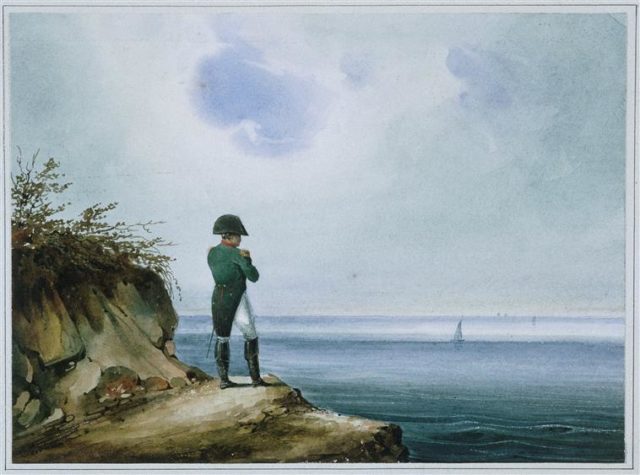
The turning point came in around 1807. At Heilsberg that year, he attacked the Russians with wave after wave of men, not adapting to the challenge of the situation. Two years later at Wagram, he turned General MacDonald’s corps into a human battering ram 8,000 strong that suffered terrible casualties while failing to break through the Austrian lines.
3. Robert E. Lee
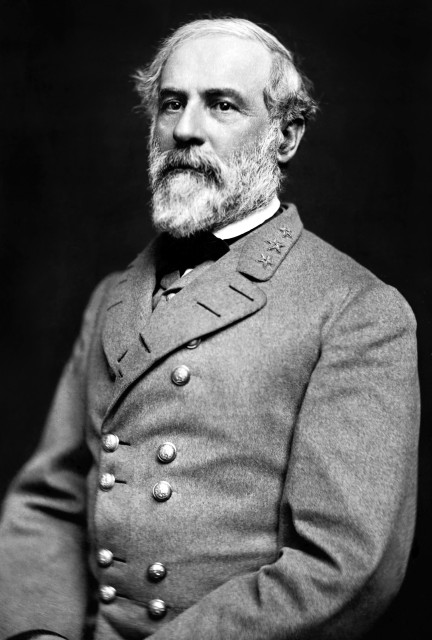
Pickett’s Charge at Gettysburg in 1863 was one of the most needlessly bloody moments of the American Civil War. 15,000 Confederates under General Picket charged the Union lines, and half of them were lost.
But while the charge bears Pickett’s name, it was General Lee who gave the order to assault an impossible target. Believing his men near invincible, he insisted that they assault the Union position on Cemetery Ridge, against the better judgment of those around him.
4. Ulysses S. Grant
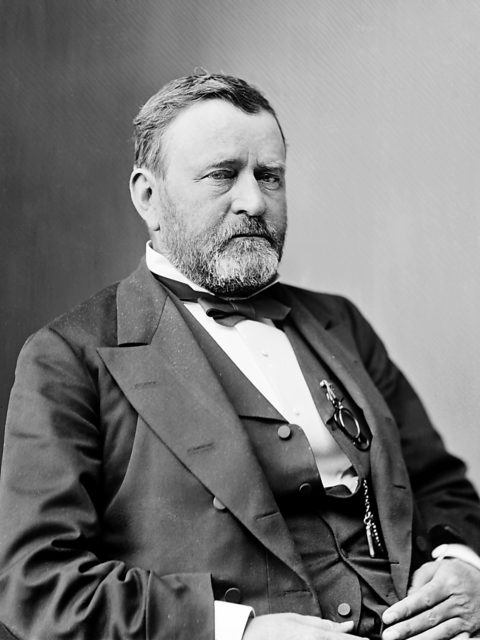
Fruitless butchery was not limited to one side in the American Civil War. At Cold Harbor on 3 June 1864, General Grant lost his temper at the drawn out trench fighting. Following an argument with his fellow officers, he announced that he would break through the Confederate lines that very day.
7,000 men were lost in the ensuing head-on assaults. One of Grant’s own Colonels would write of the events of the day that “I am disgusted with the generalship displayed.”
5. Generals Krüdener and Shakofsky
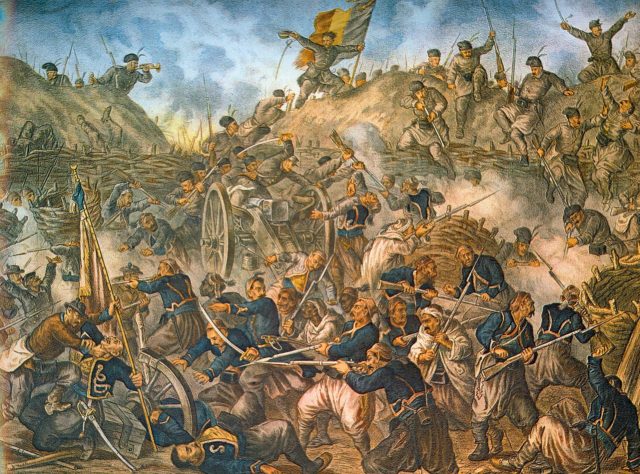
Two heads are not always better than one, as the Russian generals Krudener and Shakofsky demonstrated during the Russo-Turkish War. Tasked with taking the town of Plevna in 1878, they decided that assault was a better option than a siege.
35,000 men were flung into a frontal attack against the defenses skilfully assembled by Turkish General Osman Pasha. The Russian generals might have known what sort of trouble they were heading into if they had taken the time to do reconnaissance on the Turkish positions. Instead, they hurled their soldiers into endless assaults, losing 7,300 men in just one day, and a further 20,000 over the following three weeks.
6. General Nogi
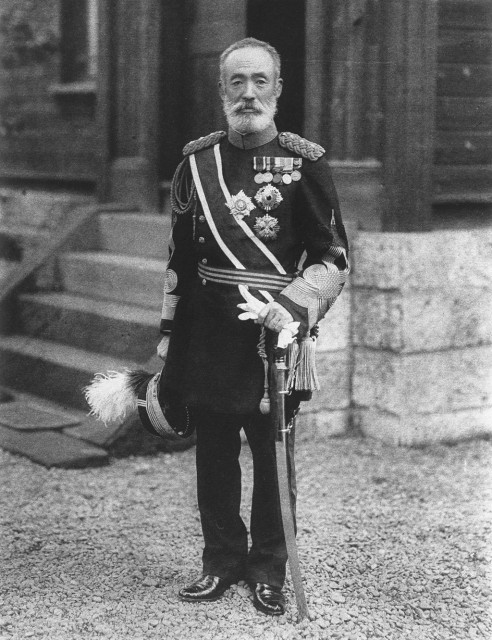
Human wave assaults would become the hallmark of the Japanese army during World War Two, but their use by the Japanese dated back long before that.
In 1904-5, Russia and Japan were at war, and the Japanese General Nogi was given the task of taking Port Arthur. Fired up with patriotic zeal, the Japanese soldiers were willing to risk their lives in dangerous assaults and Nogi made the most of this.
Launching an assault on the 19th of August 1904, Nogi began throwing thousands of men against Port Arthur’s defenses. But what he thought were glass windowed houses on the edge of the city turned out to be concrete and steel fortifications. Nogi had been told that 10,000 lives would be a small price to pay for Port Arthur, a chilling figure in itself. This single failed assault led to 16,000 casualties for no gain.
7. A. G. Hunter-Weston
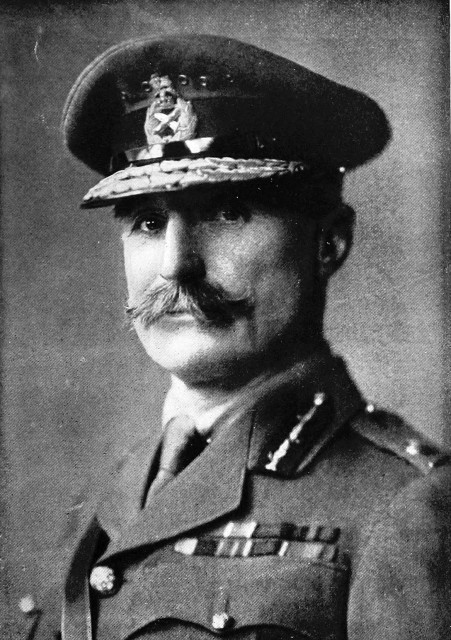
“Casualties? What do I care for casualties?”
This comment by First World War British General Hunter-Weston exemplifies his attitude towards the men serving under him. A charming and rotund man, he must have seemed at first glance like jolly company. But in the theater of war, he was willing to endorse senseless butchery.
Hunter-Weston became the most infamous British commander of the 1915 Gallipoli campaign, an expedition notorious for slaughter and incompetence. Obsessed with full frontal daylight attacks, he got thousands of men slaughtered. When confronted with the commander of a brigade which had just lost 1,300 men, he expressed pleasure at the fact that they had “blooded the pups.”
8. Douglas Haig
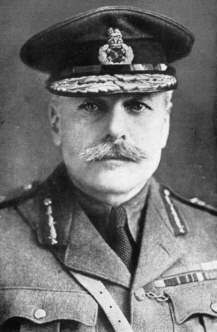
No account of war’s needless slaughter would be complete without mentioning the western front of World War One, a war zone in which so many young men lost their lives, and so many bodies were never identified, that their passing was marked in several countries by a powerfully symbolic Tomb of the Unknown Soldier.
General Douglas Haig was not alone in being responsible, but his name is rightly associated with some of the most disastrous practices. Haig repeatedly tried to use tactics that had been shown not to work – particularly trying to destroy barbed wire with shelling and then sending waves of men in direct frontal assaults on enemy trenches.
Having failed spectacularly with these tactics at the Somme in 1916, Haig replicated them at Passchendaele in 1917, where he made things worse with a preliminary bombardment of carefully drained ground that turned it into a muddy quagmire in which 90 men a month drowned while thousands more were gunned down as they struggled to advance.
This short video goes into more detail about the controversy surrounding Haig’s role in the Somme Campaign:
